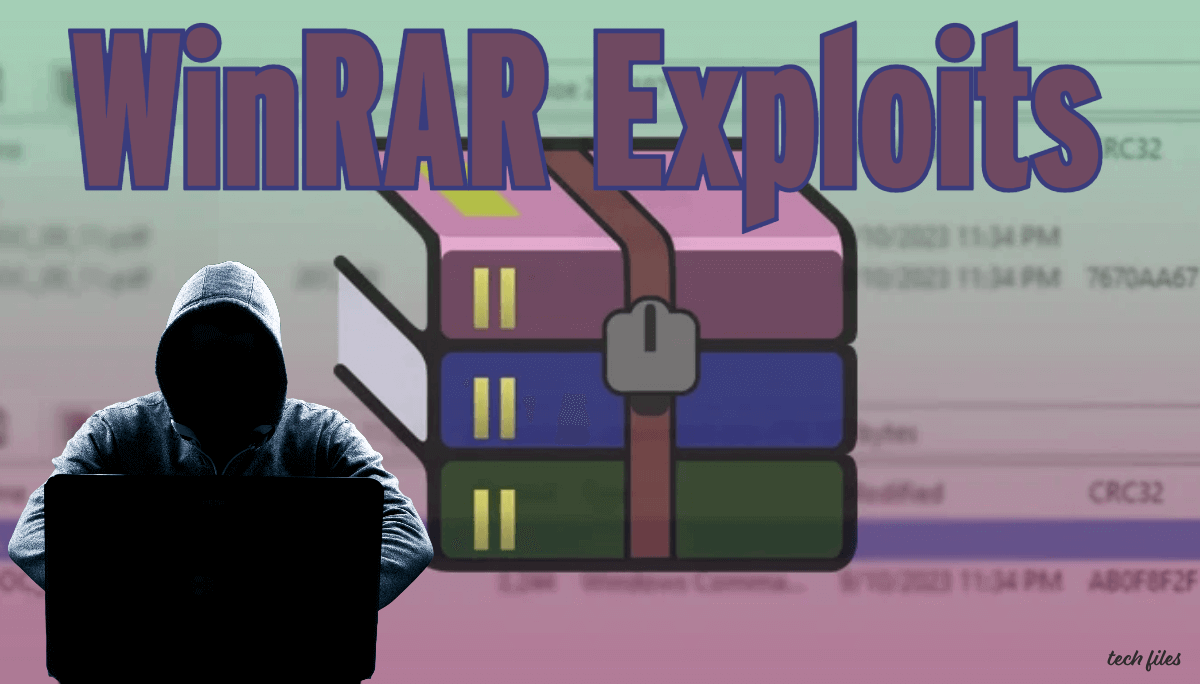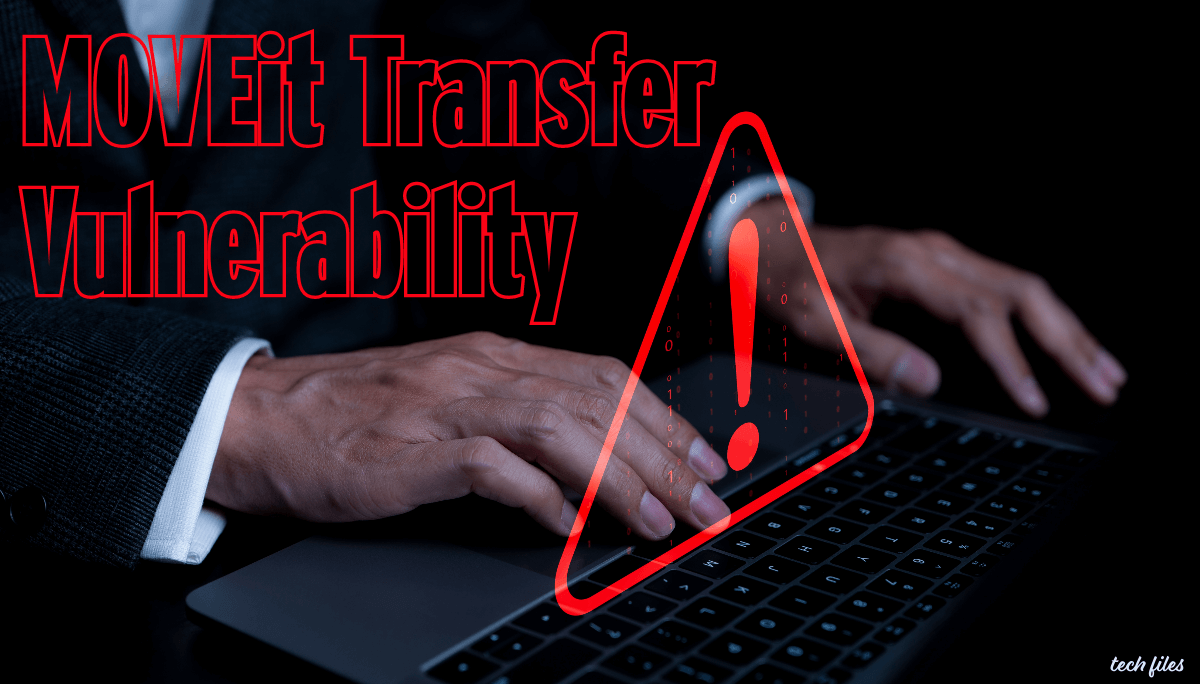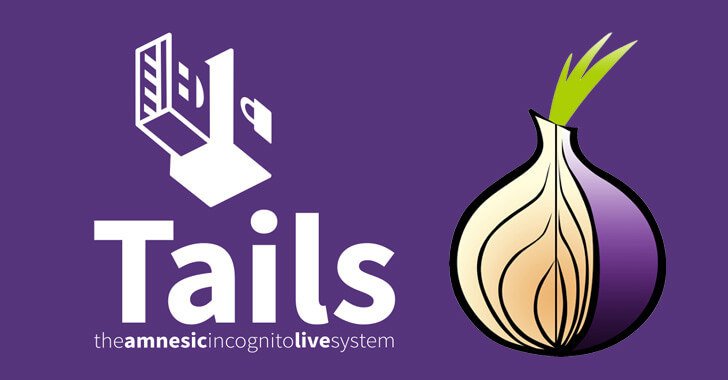Protecting Against WinRAR Exploits: Safeguarding Systems from Russian Hackers

In recent times, a significant security vulnerability in the WinRAR archiving utility has been exploited by pro-Russian hacking groups. This exploit has raised concerns in the cybersecurity community, prompting experts and organizations to respond swiftly and take necessary measures to mitigate the threat. The gravity of the situation has led to extensive evaluations of the vulnerability and the implementation of various protective measures. This article aims to provide insights into the response from security experts and organizations, as well as offer practical steps to protect against WinRAR exploits.
Understanding the WinRAR Vulnerability and the Threat of Russian Hackers
The WinRAR vulnerability, traced as CVE-2023-38831, is a security flaw that affects versions of the WinRAR compression software prior to 6.23. This vulnerability allows attackers to execute arbitrary code when attempting to view a benign file within a ZIP archive. Pro-Russian hacking groups have capitalized on this weakness, using malicious archive files to launch phishing campaigns aimed at harvesting credentials from compromised systems.
The attack involves the use of booby-trapped PDF files within the malicious archive. When a user clicks on the PDF file, a Windows Batch script is executed, which then launches PowerShell commands to open a reverse shell, granting the attacker remote access to the targeted host. Additionally, a PowerShell script steals data, including login credentials, from popular web browsers like Google Chrome and Microsoft Edge, and exfiltrates the information through a legitimate web service webhook.site.
The discovery of this vulnerability and the subsequent exploitation by pro-Russian hackers have raised concerns among cybersecurity experts and organizations. Prompt action is required to protect individuals and businesses from falling victim to these exploits.
Response from Cybersecurity Experts and Organizations
The disclosure of the WinRAR vulnerability and the activities of pro-Russian hackers have prompted a swift response from cybersecurity experts and organizations. The primary objective of this response is to safeguard systems and prevent further exploitation. Here are the key aspects of their response:
1. Information Dissemination and Advisories
One crucial aspect of the response has been the dissemination of information and advisories to educate the general public about the WinRAR vulnerability and provide guidance on guarding against potential exploits. Cybersecurity experts and organizations have been proactive in sharing knowledge and best practices to raise awareness and empower individuals to protect their systems.
2. Evaluation and Patching
Cybersecurity organizations have closely monitored developments surrounding the WinRAR vulnerability. Through thorough analysis, they have identified the security flaw and worked diligently to develop patches specifically designed to address this vulnerability. These patches aim to rectify the weakness and fortify vulnerable systems against potential attacks.
3. Collaborative Efforts
Industry specialists and researchers have joined forces to collaborate on developing effective countermeasures against WinRAR exploits. These collaborative endeavors have resulted in the creation of intrusion detection systems and firewalls, which enhance system security by detecting and preventing unauthorized access attempts.
4. Vigilance and Monitoring
Given the evolving nature of cybersecurity threats, organizations have maintained a high level of vigilance in monitoring developments related to the WinRAR vulnerability and pro-Russian hacker activities. Continuous monitoring allows for timely detection of any new exploits or attack vectors, enabling proactive mitigation measures to be implemented promptly.
Protecting Against WinRAR Exploits: Practical Steps
To protect against WinRAR exploits and mitigate the risks posed by pro-Russian hackers, individuals and organizations should follow these essential steps:
1. Update WinRAR
Ensure that your system has the most up-to-date version of WinRAR installed. The developers have swiftly addressed the vulnerability through an update, making it crucial to have the latest version installed. Regularly check for software updates and activate automatic updates whenever possible.
2. Exercise Caution with Files
Exercise caution when handling files, particularly those obtained from unfamiliar or dubious sources. Be wary of email attachments, online advertisements, and software installers that may contain malicious WinRAR exploits. Consider using an email filtering system or antivirus software equipped with real-time scanning capabilities to detect and prevent potential threats.
3. Maintain Strong Cybersecurity Practices
Maintaining robust cybersecurity practices is critical in protecting against WinRAR exploits. Use strong, unique passwords for each account to deter unauthorized access attempts. Wherever possible, activate two-factor authentication to add an extra layer of security. Regularly review security settings for any vulnerabilities that could be exploited by WinRAR attacks.
Conclusion
The response from cybersecurity experts and organizations to the WinRAR vulnerability and the threat posed by pro-Russian hackers has been swift and comprehensive. Their efforts to disseminate information, evaluate the vulnerability, and develop patches demonstrate their commitment to protecting individuals and organizations from potential exploits. By following the practical steps outlined in this article, individuals and organizations can fortify their systems against WinRAR exploits and mitigate the risks posed by Russian hackers. Stay vigilant, keep software up to date, exercise caution with files, and maintain strong cybersecurity practices to safeguard against these threats.













Sharing is caring!